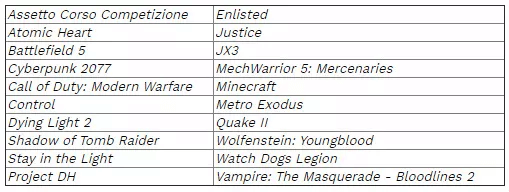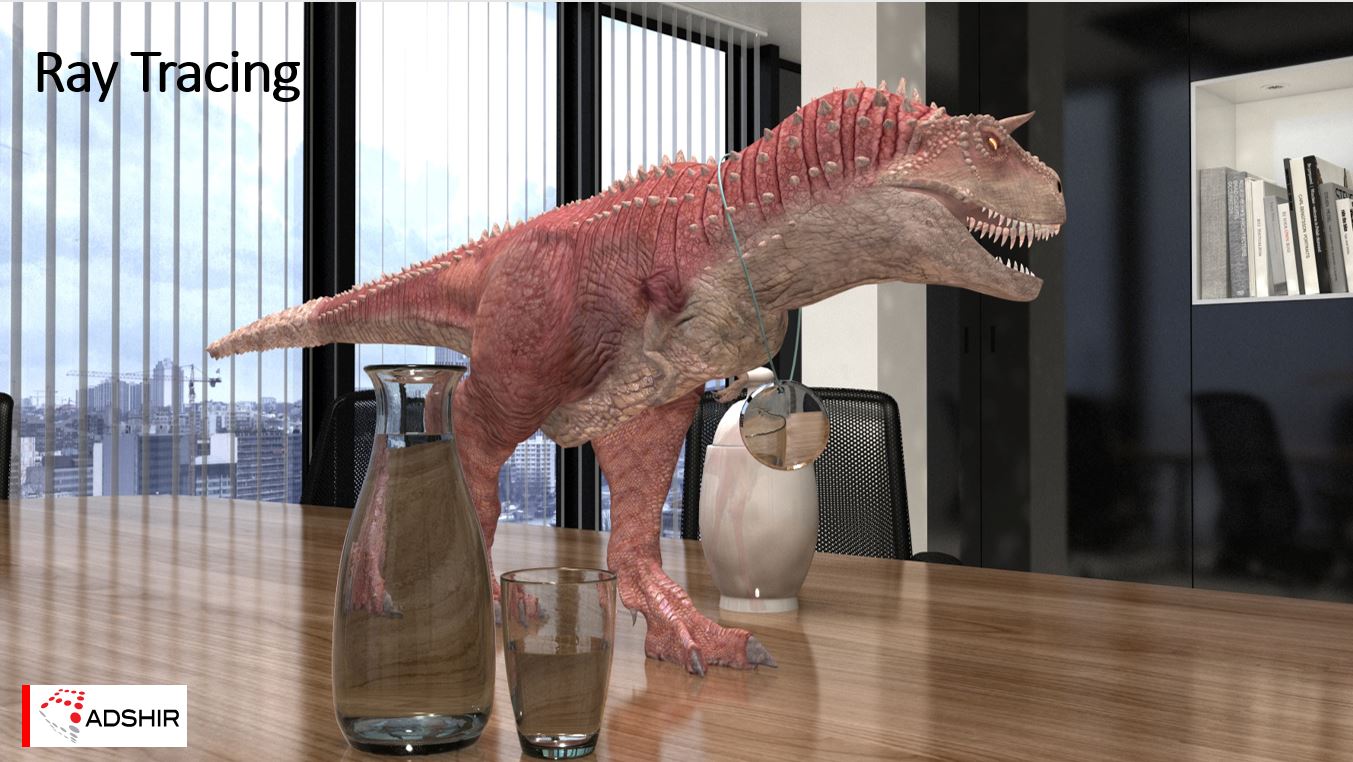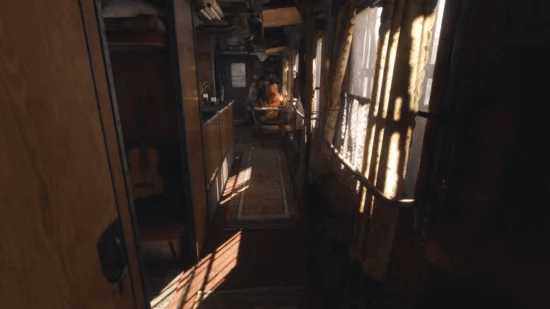Ray tracing will be unavoidable in 2020
PCs, consoles, and mobile devices will show the rays.

Ray tracing has been used in games for some time, but as baked in images. Ray tracing, even at 30 fps, is a computational challenge that has befuddled and frustrated hardware and software engineers for decades. With clever algorithms, Moore’s Law, and dogged perseverance, computer graphics companies have pushed the envelope further every year, with 2018 marking the breakout year that Nvidia and Adshir demonstrated real-time ray tracing—RTRT, in a PC or mobile device—something we didn’t expect to see for several more years. RTRT has been demonstrated before by Intel in the days it was pursuing its Larrabee project, but it required a rack of servers to do it. And Nvidia showed a demo in 2017 using several AIBs.

Morgan McGuire, an Nvidia researcher, predicted that by 2023 we will see the first set of AAA games to require such an RTRT GPU.
The full list of PC games so far to support ray tracing is as follows:

Nvidia has been the catalysts and promoter of RTRT and led, pulled, and pushed the game developers to take advantage of the PC hardware. Those game developers have then pushed AMD to give them RTRT on the consoles that are expected this holiday season. And, Intel, which will be introducing a PC AIB next year, is promoting games that don’t need special hardware and can make use of a powerful CPU.
Ray-traced tanks?
At World of Tanks annual Wargaming Fest: Tanker Day event, it was announced that Intel is working with World of Tanks developers to bring ray tracing technology to the game so you won’t need an RTX 20-series GPU to see shiny tanks.
Popular free-to-play tank sim, World of Tanks, is to receive an update which will let anyone with a DirectX 11 graphics card enable ray tracing within the game.
On the World of Tanks website, users will be able to toggle the lighting effects on and off, but it will only apply to “not destroyed vehicles.” Secondly, there are no details of what kind of performance drop gamers can expect from this implementation of ray tracing.
Console too
AMD’s console processors, variations of its popular APUs found in entry-level notebooks, are expected to also make use of the CPU and have a modicum of GPU support for RTRT, combined with some software tricks of the type hinted at by Sony at E3.

Microsoft and Sony have both indicated, perhaps a bit obliquely, that their new consoles will offer ray tracing support. The games will be there, re-ported from the PC versions, and probably a couple of exclusive titles. Imagine how great the shiny faceplate of Master Chief’s helmet will look.
Sony’s Red Dead Redemption will get reflective lakes and rivers, saloon windows, and the glint of the hero’s teeth.
Consoles have more 3rd person adventure games which will make better use of ray tracing because the player will be able to stop and see the shadows, reflections, and other effects.
Nintendo may be the odd-man out and has not shown any interest or commitment to ray tracing for the upcoming Switch.
However, the immersive impact of ray tracing, on a big HDR TV screen is going to be sensational and will increase the demand for such games on all platforms, PC, mobile, and console.
And mobile devices
While Nvidia was in the big tent at Siggraph 2018 wowing the world with its big-iron massive new RTRT chip, tucked a few blocks away in a modest hotel was Israeli-based Adshir who was showing the first RTRT scenes in AR on a tablet.
Adshir’s dinosaurs will crawl into your tablet.

Adshir is a total software solution and uses Intel’s Embree ray tracing program and libraries, but, the company says, they are not limited to, nor contractually obliged to use Embree. They chose it because they thought it as the most popular. It’s a credit to the efficiency of Intel’s software in that Embree has been used primarily in large HPC machines for scientific visualization where hours to days are taken for rendering. That Adshir could get it to run on a mobile device in real-time is quite a compliment.
At Siggraph 2019, Adshir showed new versions that could run a smartphone too. As more AR consumer-class (i.e., less conspicuous) smart glasses appear in the market (there are five now), ray tracing will come with them. And that, in turn, will drive the demand, the expectation for ray tracing.
What about streaming gaming?
Streaming gaming may benefit the most from ray tracing because the cloud will have the latest, most powerful AIBs and be able to devote maximum power to them. If you want to play a ray traced game but don’t have the budget for a new AIB and the games, cloud gaming is going to delight you. You’ll get all the effects, interactively, and at a fraction of the cost.

Metro Exodus released in mid-February 2019 delivered some of the most expansive ray tracing support of any game yet.
Streaming gaming will need something to get users and potential user’s attention to try the service, and ray tracing could be just the thing.
Who else, what else is bringing ray tracing to us?
In addition to the PC suppliers like AMD, Intel, and Nvidia, the console supplier AMD, and the mobile supplier Adshir, two other firms are offering IC IP for ray tracing: Imagination Technologies and SiliconArts. IP solutions take a long time to show up in products, so don’t expect any big announcements from either of these companies or their customers for two years or more.
Say thank you Nvidia
So the entire CG community owes Nvidia a big thank you. If Nvidia hadn’t committed itself to the goal of RTRT, and accepted the challenge of building and selling the biggest consumer ASIC ever (754 mm²), and convinced the leading game companies to add ray tracing to their games, it would still be an academic discussion with a few interesting demos.
Now it’s a thing, and a thing every new game and device has to have.
By: Jon Peddie

熱門頭條新聞
- Ventana Sur 2024: Official Selection
- Infinity Nikki hits 30 million pre-registrations ahead of launch later this year
- UNCLE CHOPS ROCKET SHOP LAUNCHES NEXT MONTH
- Industry legend Peter Molyneux joins NG25 Spring
- Lexar Introduces Professional Workflow 6-Bay Docking Station, Workflow Portable SSD, Workflow Reader Modules, and Three CFexpress 4.0 Cards
- The Next Generation Soul Game is Officially Released!
- QUERN DEVELOPERS JOIN FORCES WITH BLUE BRAIN GAMES FOR MYSTERIOUS NEW ADVENTURE DIMHAVEN ENIGMAS
- Announcing FMX 2025: Rhythm of Change
